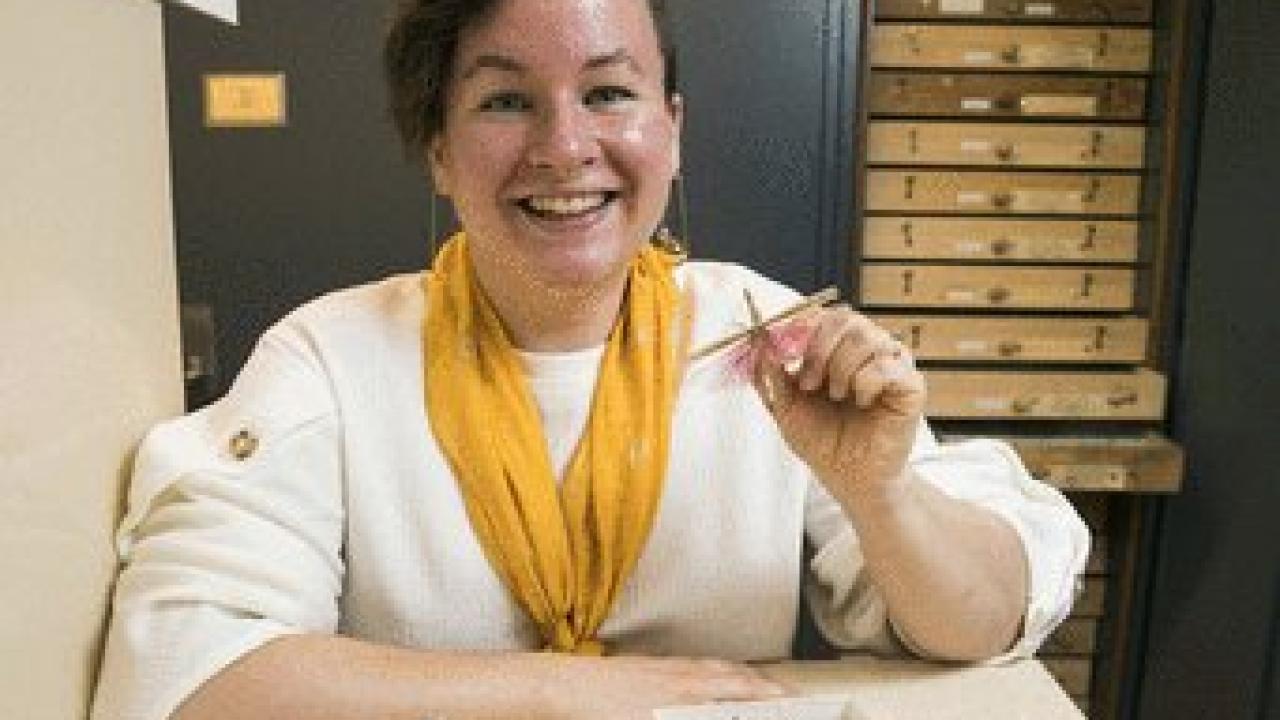
Event Date
Postdoctoral research fellow Mary Salcedo of Virginia Tech will present a seminar on "Hydraulics in an Insect Wing: How Venation Pattern Affects Circulation" at the UC Davis Department of Entomology and Nematology seminar at 4:10 p.m., Wednesday, March 11 in 122 Briggs Hall.
"Insect wings are flexible, dynamic living structures that are composed of long tubular veins, and thin membrane," she sais in her abstract. "Veins act as conduits, containing hemolymph (insect blood), oxygen supply (through trachea tubes), and nerves (sensory information in flight). Wings allow an insect to perform a myriad of behaviors such as predation, migration and pollination. In my research, I work to understand how wing health and function is maintained, and how that relates to insect development, behavior, and ecosystem. My research proram incorporates foundational physiology (wing vein structure, venation pattern active systems) quantifying the biomechanics of flow produced by an insect (circulation, wing expansion, flapping flight), and determining how agricultural practices affect insect health. Here I will discuss how venation pattern affects circulation dynamics in the wings of the North American grasshopper (Scgistocerca americana) and how it barely scratches the surface of understanding circulation in insects."
Salcido, awarded the National Science Foundation Postdoctoral Research Fellowship to investigate fundamental insect physiology, holds three degrees: a bachelor of science in applied and computational math sciences from teh University of Washington, awarded in 2012; a bachelor of science in molecular, cellular and developmental biology from the Uiversity of Washington, awarded in 2012, and a doctorate in biomechanics, biology and applied math from Harvard, awarded in 2018.
